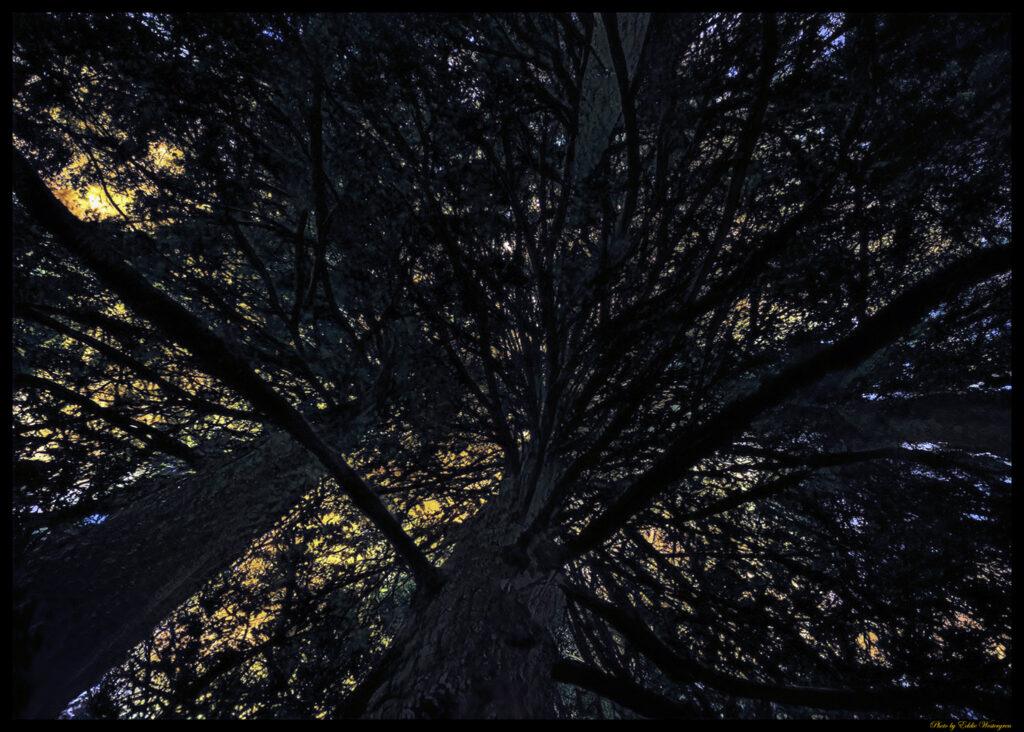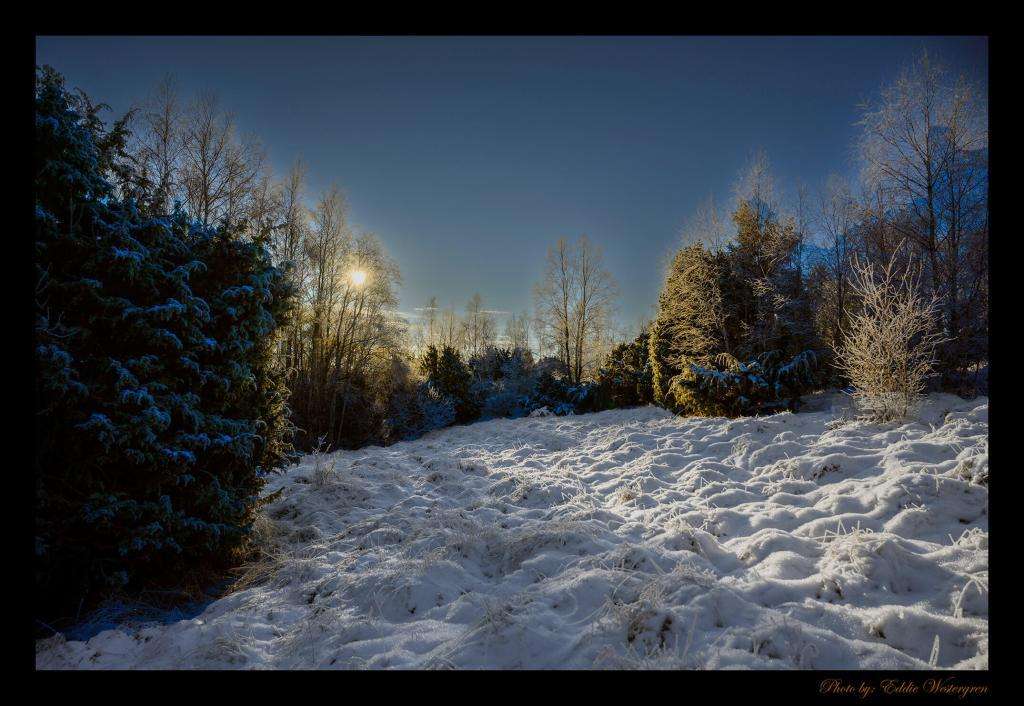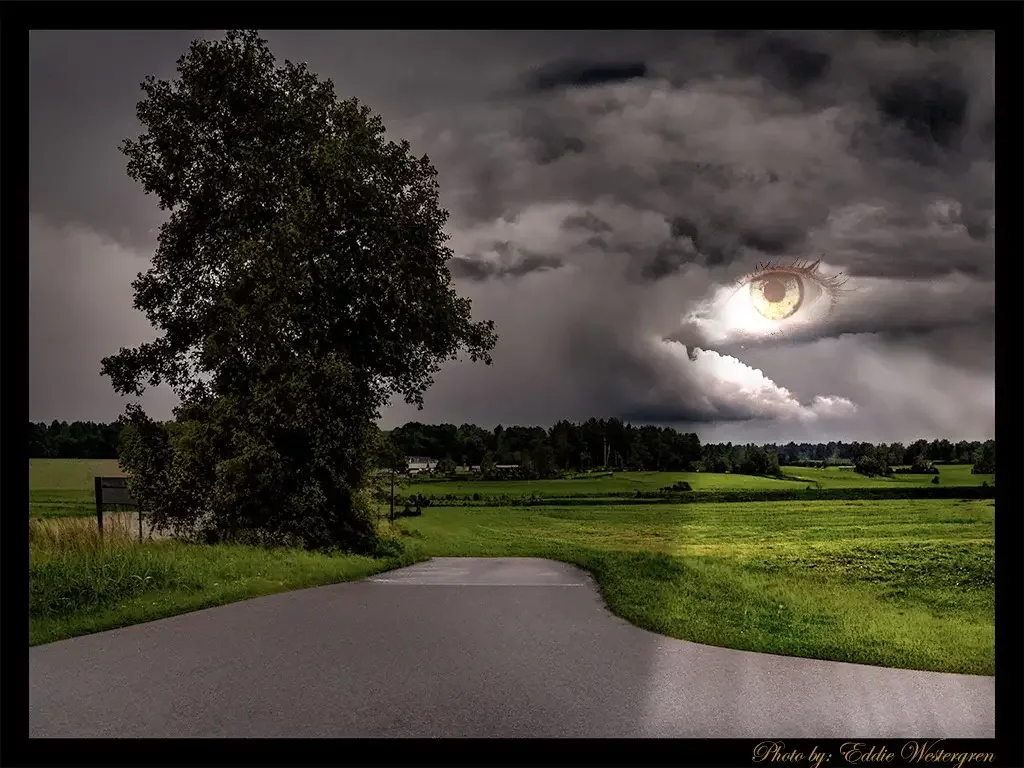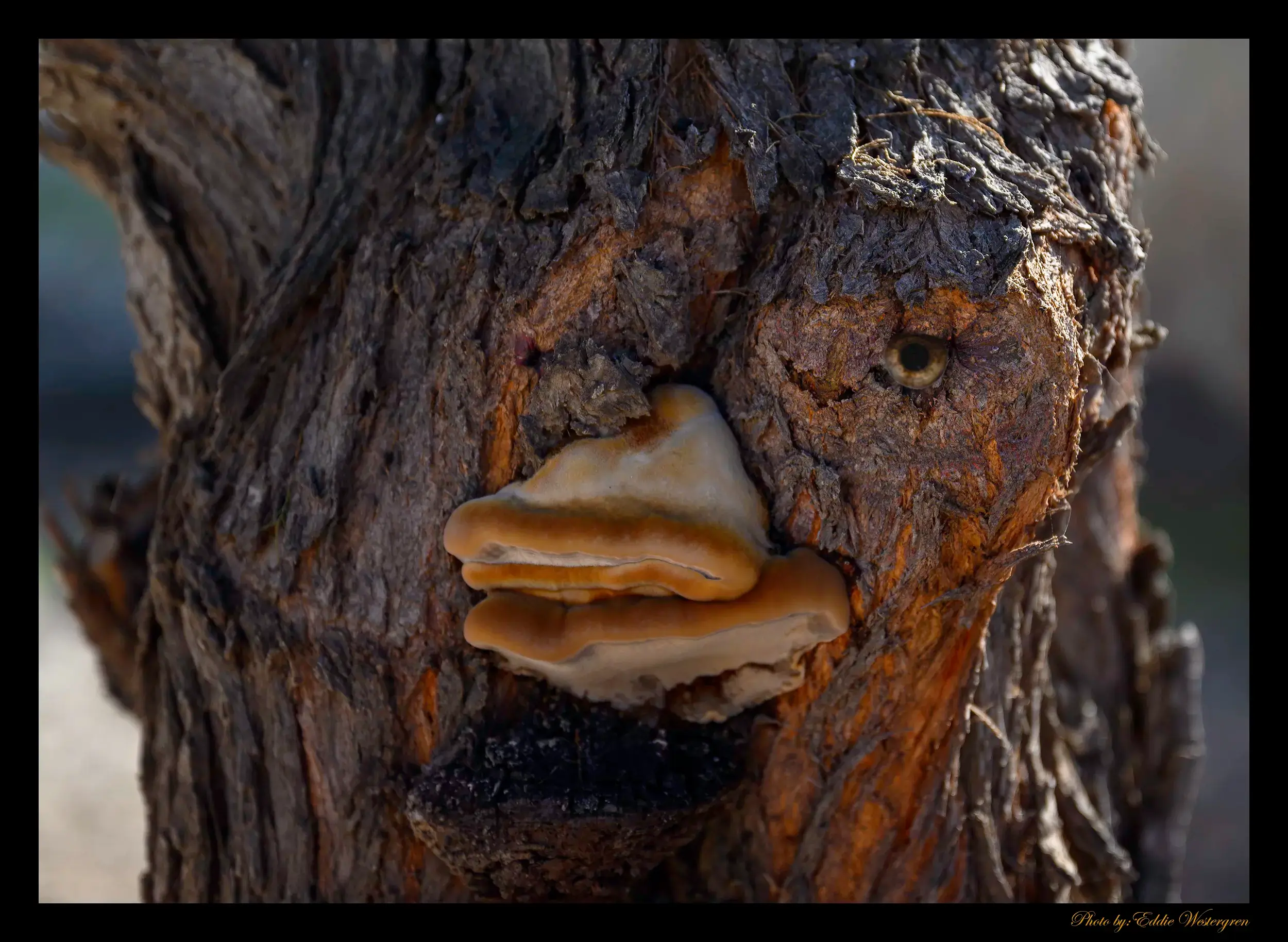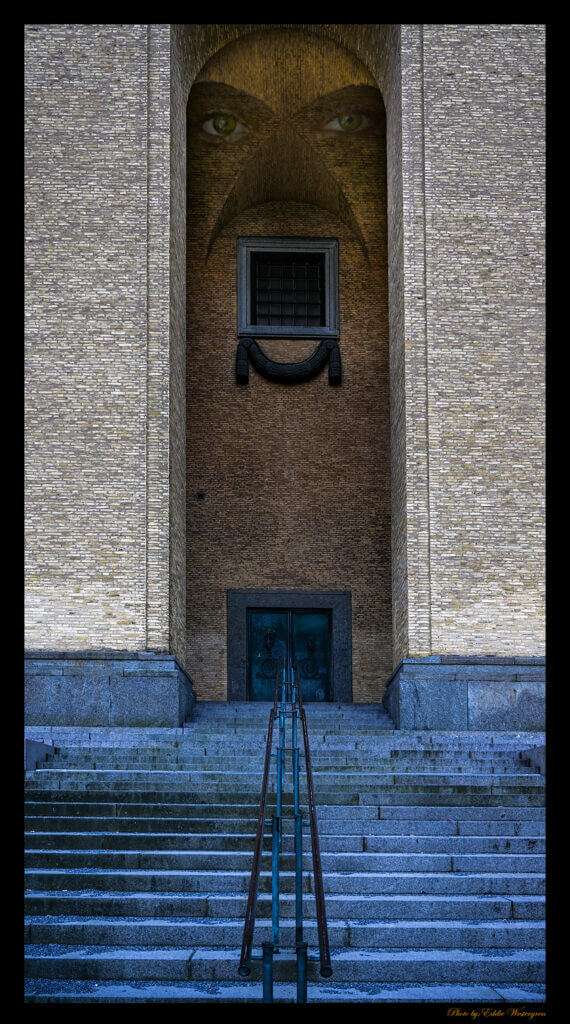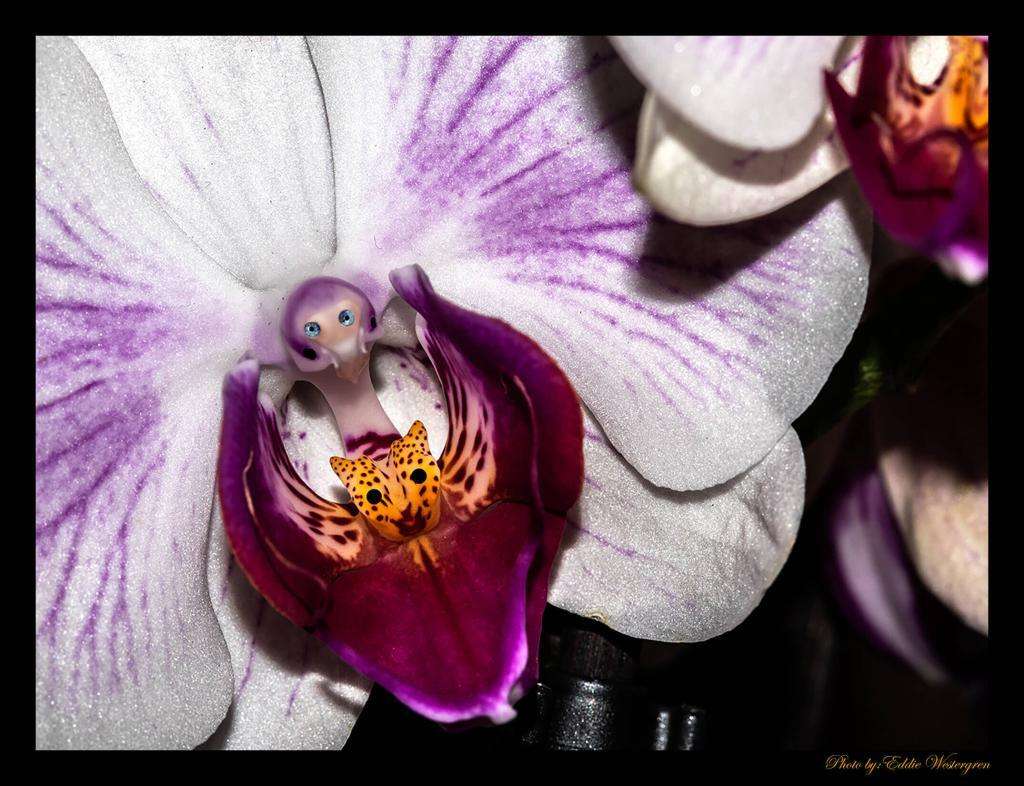Säve road by night
säve by night Forest
Sunset Through the Forest Canopy
As the sun begins its slow descent toward the horizon, the forest transforms into a world of golden light and deepening shadows. Its rays slip gently through the branches, casting long, dappled patterns on the forest floor. The tall trees, once vibrant green under the midday sun, now glow in warm hues of amber, copper, and crimson. Each leaf seems to catch fire with the setting light, fluttering softly in the evening breeze.
The forest is quiet, hushed by the closing day. Birds sing their final songs before nightfall, their voices echoing faintly among the trees. The air cools, and the scent of moss, earth, and pine deepens. Shafts of sunlight pierce through gaps in the canopy, creating beams of brilliance that feel almost sacred, like the forest is holding its breath in awe of the dying day.
Wherever the light lands,
it lingers, wrapping tree trunks in golden outlines and setting spiderwebs aglow like strands of silk. The underbrush glimmers briefly before falling into darkness again. Shadows stretch longer, merging into one another, until only slivers of light remain. The sun sinks lower, and the forest seems to lean into it, savoring the last moments of warmth.
In these final minutes before dusk, the world slows. Time feels suspended. A deer steps quietly between the trees, barely visible in the twilight. The rustle of its movement is soft, blending seamlessly with the whisper of leaves.
As the sun finally
slips below the edge of the world, the sky above the trees blazes one last time in orange and violet. Then, darkness begins to settle in, and the golden forest becomes a silhouette—a memory of light that lingers only in the mind. The magic of the sunset fades, but its quiet beauty remains, etched in the hush of the coming night.
Winter in Björlanda
Frost-covered cliffs by the sea and snow-laden birches and junipers in the forest – winter hiking can be fantastic. Here you can walk quite undisturbed and look at the sea and the rocks. The proximity to public transport from central Gothenburg is a big plus.
Church in Cabo de Cata
church in cabo de gata Church in Cabo de Gata
The Church of Las Salinas stands as a timeless sentinel in the heart of the Cabo de Gata-Nijar Natural Park, a sanctuary of rugged beauty on the coast of Almeria, Andalusia, Spain. Nestled amidst a landscape of arid plains, volcanic peaks, and azure Mediterranean waters, this humble white-washed church holds within its walls a rich tapestry of history, culture, and spiritual significance.
Constructed in the 18th century
The Church of Las Salinas serves as a testament to the enduring faith of the local community and their deep connection to the land. Its simple yet elegant architecture, characterized by whitewashed walls and a traditional bell tower, blends seamlessly with the surrounding natural environment, creating a harmonious union between man and nature.
Inside, visitors are greeted by a serene atmosphere infused with the scent of frankincense and ancient whispers of devotion. The church’s interior is adorned with ornate altars, religious artifacts, and intricate frescoes depicting scenes from the Bible, each telling a story of faith, hope, and redemption.
Beauty in the wilderness
But perhaps the most captivating aspect of the Church of Las Salinas lies not in its physical beauty, but in the spiritual solace it offers to weary travelers and pilgrims alike. For centuries, this sacred sanctuary has been a place of pilgrimage and prayer, drawing seekers from far and wide in search of divine guidance and inner peace.
Surrounded by the untamed wilderness of the natural park, the church serves as a beacon of light amidst the darkness, a sanctuary where the soul can find refuge from the chaos of the outside world. Here, amidst the salt flats and sand dunes, pilgrims gather to seek solace, to offer prayers of gratitude, and to find renewal in the presence of something greater than themselves.
When the sun sets
As the sun sets over the rugged cliffs of Cabo de Gata-Nijar, casting a golden glow upon the ancient stones of the church, one cannot help but feel a sense of awe and reverence for the timeless beauty of this sacred place. The Church of Las Salinas stands as a silent guardian of the land, a testament to the enduring power of faith and the eternal beauty of the human spirit.
Hawk eye
Hawk eye watching you on the top of the stairs to Gothenburg art museum. Hawk eye photo
The stairs leading up to the Art museum on Götaplatsen in Gothenburg on the hawk eye photo are more than just a functional means to ascend; they are a symbolic ascent into the realm of art and culture. As one approaches Götaplatsen, the grandeur of the stairs becomes apparent. Wide and imposing, they command attention, inviting visitors to ascend and immerse themselves in the world of creativity and expression that awaits at the top.
Constructed with elegant simplicity, the stairs are a fusion of form and function. Made of smooth stone, they exude a timeless beauty, while their sturdy construction ensures the safety of those who climb them. Each step is a testament to the craftsmanship of those who designed and built them, a testament to the dedication to excellence that pervades the cultural landscape of Gothenburg.
It’s a journey upstairs
Ascending the stairs, one can’t help but feel a sense of anticipation. The journey upward is not just physical but also metaphorical, a progression from the everyday world below to the realm of art and inspiration above. With each step, the cares and concerns of the outside world seem to fade away, replaced by a sense of wonder and possibility.
At the top of the stairs, the Art museum beckons, its modernist façade a striking contrast to the classical elegance of the stairs themselves. Yet, somehow, the two elements complement each other, creating a harmonious whole that speaks to the unity of tradition and innovation in the world of art.
From the vantage point of the museum entrance, one can look out over Götaplatsen, taking in the bustling energy of the city below. Yet, despite the activity all around, there is a sense of serenity here, a quietude that seems to envelop visitors as they prepare to explore the treasures that lie within.
In many ways, the stairs leading up to thge Art museum on Götaplatsen are a metaphor for the journey of artistic discovery itself. I can’t help fealing watched by the hawk eye when I climb up those stone steps. The exploration of art requires patience, determination, and an openness to new experiences. And just as the view from the top of the stairs offers a fresh perspective on the world below, so too does art have the power to transform our understanding of ourselves and the world around us.
Orchid eating
Orchid eating gepard. Orchid eating
This photo is a fascinating example of how our minds interpret visual information. The photographic illusion where an orchid flower appears to be an animal eating. Orchids are already known for their unusual shapes and striking details. In this case, the petals and central structures align in such a way that the flower looks less like a plant and more like a living creature. It’s caught in the act of feeding. At first glance, viewers may not even recognize it as a blossom. Instead, they might see the open “mouth” of a small animal, perhaps resembling a bird, an insect, or even a fantastical beast.
This illusion
works because of a psychological phenomenon called pareidolia, where the brain seeks familiar patterns in random or ambiguous images. Our minds are highly trained to recognize faces, bodies, and animal forms. So when the orchid’s lip and column resemble a beak or jaw, the rest of the petals are subconsciously interpreted as wings, limbs, or a body. Light, shadow, and angle further enhance the effect, making the scene look three-dimensional and alive.
Orchid eating in result is both
surreal and enchanting. A simple photograph of a plant transforms into a moment of imaginative storytelling. Instead of just seeing a flower, viewers might imagine a creature bent over its meal, chewing or sipping with intent focus. This merging of the natural beauty of a blossom with the suggestion of animal life creates a playful tension. It blurs the line between flora and fauna, making us question where perception ends and imagination begins.
Photoshop made
orchid eating image possible. Such images also highlight the creativity of photography. By carefully choosing the perspective, a photographer can invite people to see the world differently. Notice hidden faces or forms within ordinary subjects. In the case of the orchid eating illusion, the photograph captures not only the elegance of the flower but also the magic of human perception. It reminds us that reality is often filtered through our expectations, and that beauty sometimes hides in the most unexpected disguises. Through this illusion, the orchid becomes more than a plant: it becomes a doorway to wonder.


